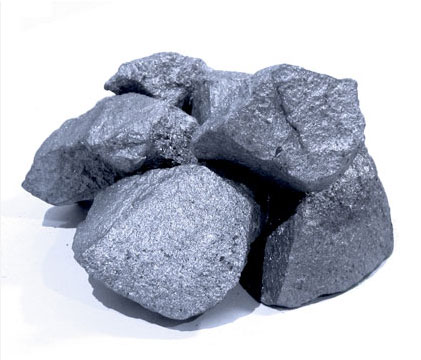
FeSiMg Alloy is also known as the Magnesium Ferro Silicon or Ferro Silicon Magnesium. An alloy contains a Rare Earth element. It has a strong effect on mechanical strength, desulfurization, and deoxidization. FeSiMg Alloy can be commonly used in metallurgic production. It is considered one of the most important extracts in the spheroidal graphite iron's production process. Ferrosilicon is an alloy made of raw steel scraps, coke, and quartz materials with an electric furnace smelting process. FeSiMg is frequently used as a deoxidizer element in the process of steelmaking.
In contrast, oxygen and silicon can easily oxidize to form silicon dioxide. Simultaneously, because of the high temperature released during the formation of SiO2. It is also beneficial in increasing the heat of molten steel while deoxidizing. Spheroidized graphite is quite strong and far better than gray cast iron. This invention is considered one of the most important milestones in this production history. It also helps in the graphitization of gray cast iron. Meanwhile, its hardiness is quite good compared to malleable cast iron and keeps other properties the same as gray cast iron. Such elements, like Ce, Mg, Ca, etc., can be beneficial.

At the earliest time, the procedure started with a Cerium nodulizer. After a certain time, individuals recognized that Cerium could be quite a hard element to obtain, which has the stringent requirement to melt steel. Then Mg spheroidizing element was founded and evolved with Mg-Cu Alloy and Mg-Ni Alloy. At last, Ferro Silicon Magnesium, FeSiMg Alloy Nodulizer. is quite easy for the mass production process and as a nodulizing agent, as it expands the production process of Ductile Iron. Magnesium FeSiMg Alloy content is important in producing alloy grades obtained from dolomite ore. This process of silicothermic magnesium oxide is controlled by other factors.
The most important factors are the reaction rate constant, the reactants' concentrations, the slag's physical properties, reaction temperature, and reaction time. At persistent temperature, low viscosity, and time, the reaction rate primarily depends on the deliberation of reactants.

Write a Message